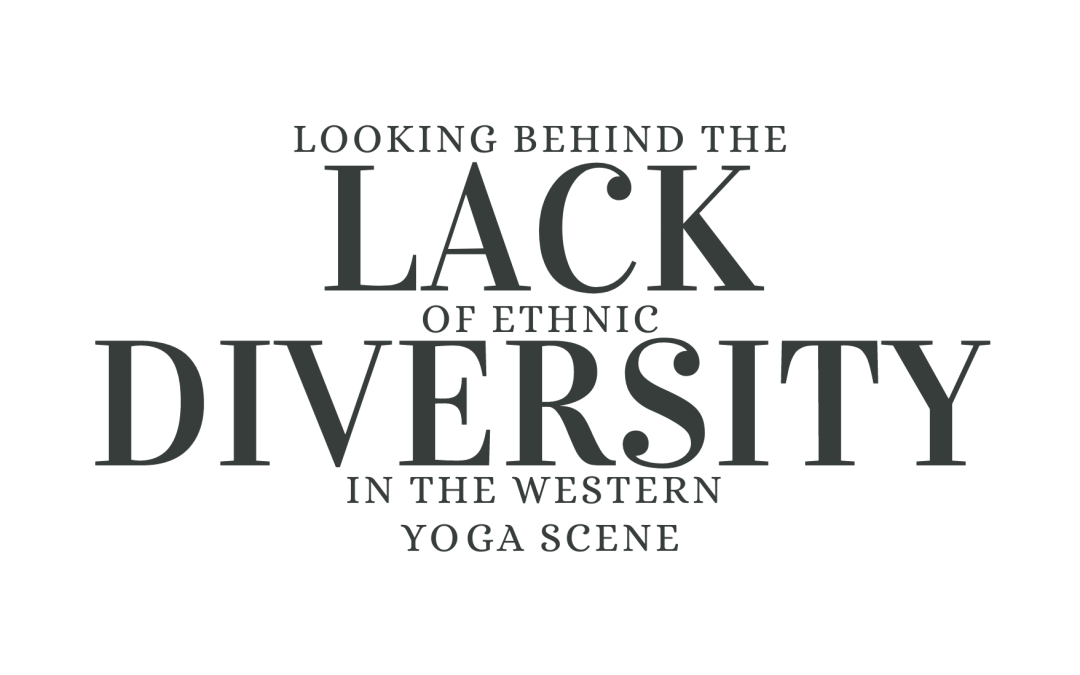Like so many others, I got introduced to yoga as a physical practice. A way to start my day, and keep my body moving. It soon became my home: wherever I woke up – you could’ve called me Jackie Kerouac in my early twenties – I would start my day with some type of asana practice. Asana is the Sanskrit word for “seat” and one of the eight limbs that make up yoga as a whole. Whilst this is what yoga is mostly known for in the Western hemisphere, this is in fact just a fraction.
“This practice of yoga is to create liberation and freedom to bring us back to the essence of who we are.”
Both, Ericka Jones and Amanda Valdes, made a point that “When we look at yoga, it’s really about liberation, right?”. The “Eight limbs of yoga” are meant to be a practical guide on the subject of how to attain liberation from suffering. These verses date back to 200 BCE to 200 CE and are attributed to the Indian sage Patanjali. Guidance on how to live a balanced and ethical life, both on and off the mat, these texts offer the inspiration for most of the modern yoga.
The first of the so-called eight limbs are the Yamas – standards of interacting with the world around us, the first one being “ahimsa”, non-harming, which is what Ericka Jones mentioned to be one of the overarching values.
“When we are practicing non-harming, that is with our words and action towards people. So when you think bias, when you think of acts of racism, when we think of an insurrection at our capital: that’s all harm. And if we were practicing the teachings of yoga, we would not be causing harm.”
If the Yamas can be described as an outward look toward society, the Niyamas are practices to improve the self, looking inward. The third, Asana, is what the Western hemisphere generally refers to when speaking of yoga. Depending on the instructor and studio, Pranayama, the practice of breath control, can be found in a Western yoga class as well. Pratyahara – withdrawal of senses –, Dharana – concentration –, and Dhyana – meditation – are more subtle aspects of yoga practice. All of these are meant to build up to the eighth limb, Samadhi. Pure contemplation, bliss – and thereby liberation.
It took me a small while to go beyond the physical and learn about yoga as this path to enlightenment, or liberation from worldly suffering. Studying with different teachers in studios on three different continents, deepened my understanding of it. What I didn’t understand, was the turn yoga took in “my world”. I was born as a child of German ex-pats in New York City, grew up in Germany’s idyllic Black Forest, and was lucky to have opportunities to travel, study and work across the globe. Most teachers I practiced with were mindful of honoring the Indian roots of the practice and I tied the lack of diversity in the scene to the demographics of the spaces I predominantly occupied. As a slender, white, girl I saw myself represented and felt inspired by this representation. I did feel just as inspired by my black yoga teacher Rowena in Berlin. But, again, given Berlin’s demographics, I did not question why she was the only black yogi I knew. I didn’t wonder why in three years of teaching in Berlin my only black student was my friend Danielle. Being white and German, a naive Millenial who as a kid wanted to be black because she found that prettier, race did not really matter to me. Equally, when Tochi, who was the first one I interviewed, made her point about representation and explained how “the students are a reflection of the teachers and vice versa” I immediately knew what she meant.
Representation does matter. And while racism does exist in Germany, I only grew aware of the severity of the systemic racism, rooted in historical wrongdoings and generations of trauma, that the US is facing upon moving to New York in August. Yes, the Black Lives Matter movement found its way to Germany and my Social Media bubble kept me aware. But I couldn’t grasp the full severity of the issue. While I probably never will fully understand what it feels like, I am now growing to understand it better.
As Ericka explains, thanks to the “racial reckoning” sparked in 2020, “every system and every form within the US at that time was really looking at: ‘How am I contributing to this cause? To the cause of racism, to the cause of injustice, to the cause of inequities.” That is something that made its way into my bubble in 2020 already. My favorite yoga studio in New York, Y7, began to become very loud, outspoken, about the injustices, on social media. Promoting teachers and artists of the month, honoring Black History Month and Hispanic Heritage Month for instance. I am not certain if they did before, but since then they intensified the focus on diversity on the mats and in their studios. It’s the studio where I met Tochi, Amanda, and Natalie, the studio I (proudly) get to teach in today.
So while “the yoga industry put a big question mark on” racial inequalities in the scene, it felt surprising to find out that there are no real numbers in the racial demographics of practitioners. And further, that there’s no real answer to why and how yoga – a practice that used to be exclusive to Indian men, monks – evolved into being almost a white cliche.
As mentioned at the beginning of the podcast, the Sanskrit word Yoga can be translated from “unity”, to “oneness”. Teaching how we are all one with the world.
So, how did Yoga become racialized?
Dabbling around with our friend, Google, and talking to yogis and peers I found several attempts at an explanation.
As mentioned in the podcast, many people mistake yoga for nothing but a physical practice. The rise of social media, especially Instagram, has intensified this (mis)belief. This emphasis on the physical aspects is one big reason why this practice rooted in ancient Indian culture has been narrowed down to “a fitness craze for rich white women”. The Yoga that made it off the mat and into social spaces, and, moreover, the Yoga that was marketed to the West, paints this picture of slender, fair-skinned models. For the past 200 years since yoga was introduced to the West, it has undergone the same representation issues as so many other commercialized cultural spaces. And, as true for so many other spaces and discussed by the yogis I talked to, representation matters.
Another aspect, that goes beyond the physical, is that yoga does become a spiritual activity for many. Especially to people not affiliated with a faith tradition and, as I experienced living in Israel, people who grew up with some type of religion, that they don’t identify with spiritually (anymore). Contrary, if one has a spiritual or religious practice, they don’t need yoga. Even more, yoga’s spiritual aspects might appeal to religious individuals.
According to a study conducted by the Journal of Religion and Health in 2009, 63 percent of African Americans and 50 percent of Hispanic Americans pray to improve their health. Moreover, only 17 and 12 percent, respectively, said to rely on an alternative spiritual practice such as meditation or yoga to stay healthy. Most of those individuals do pray. Contrary, twice as many white Americans don’t pray at all or identify with alternative spiritual practices. It does seem to be easier to connect to the practices of yoga if one is not committed to another spiritual practice. Looking at the numbers, one could derive that culturally many ethnic Americans have their own and feel more connected to their spiritual culture.
Another argument I stumbled upon is that yoga is often perceived as a Wellness Trend, a privilege of the upper class. A single class at Y7 studio runs at $32, most studios in New York City ask for $20 to $40 nowadays. Yoga pants by trending brands are sold at around $80 at lululemon, $120 at alo yoga, to just mention two instances.
Data prove links between poverty and race, but according to the yogis I spoke to, the problem is only in part the affordability. It’s moreover that it isn’t valued enough.
According to LA-based yoga instructor Rollan ”African Americans don’t have a great track record when it comes to preventative health. Wellness is not really valued.”
This brings me back to the point of representation. As long as white, slender women are the main representatives of yoga in the public eye, why should this attitude towards the wellness industry and yoga in particular change?

